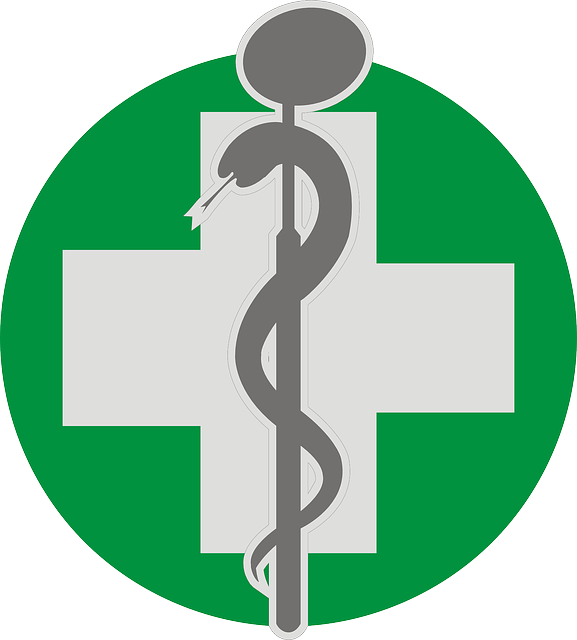Fluocinonide: How to Use It, Dosage Guide, and Side Effects
Fluocinonide is a potent topical corticosteroid that is primarily used to alleviate inflammation and itching caused by various skin conditions, such as eczema, psoriasis, and dermatitis. This medication works by suppressing the immune response and reducing inflammation in the affected areas. If you’re considering using fluocinonide, it’s essential to understand how to use it properly, the recommended dosages, and potential side effects.

How to Use Fluocinonide
Fluocinonide is typically available in the form of cream, ointment, or gel. It is essential to follow your healthcare provider’s instructions regarding its application. Here’s a simple guide to using fluocinonide:
- Clean the Affected Area: Gently wash the area where you will apply the medication with mild soap and water. Pat the area dry with a clean towel.
- Apply a Thin Layer: Using your fingertips, apply a thin layer of fluocinonide to the affected area. Ensure that you cover the area completely without using excessive amounts.
- Wash Your Hands: After applying the medication, wash your hands thoroughly unless you are treating your hands.
- Frequency of Use: Usually, fluocinonide is applied 1 to 2 times a day, or as directed by your doctor. Avoid applying it more often than prescribed, as this can lead to increased side effects.
Dosage Guide
The dosage of fluocinonide can vary depending on the severity of the condition being treated and the specific formulation being used. Generally, adults and children over 12 years can follow these guidelines:
- Cream and Ointment: Apply a thin layer to the affected area 1 to 2 times daily.
- Gel Formulation: Similarly, apply a thin film to the affected skin 1 to 2 times daily.
For children under 12, it’s crucial to consult a pediatrician before use, as they may require a different dosage or frequency. Always follow the prescription label or your doctor’s instructions precisely.
Potential Side Effects
Like any medication, fluocinonide can cause side effects. While not everyone experiences these, being aware of them is essential:
- Common Side Effects: These may include burning, itching, or irritation at the application site. Most of these sensations are mild and should subside shortly after application.
- Serious Side Effects: In rare cases, prolonged use of fluocinonide can lead to skin thinning, stretch marks, or systemic effects like hormonal imbalances. If you notice any unusual symptoms, such as swelling of the face or difficulty breathing, seek medical attention immediately.
- Allergic Reactions: Some individuals may experience allergic reactions characterized by rash, itching, or severe dizziness. If you suspect an allergy, discontinue use and consult your healthcare provider.
Final Thoughts
Fluocinonide can be an effective treatment for various inflammatory skin conditions when used correctly. Always adhere to the prescribed dosage and application instructions to minimize the risk of side effects. If you have any concerns or experience adverse effects, consult your healthcare provider promptly. Remember, what works for one person may not work for another, so it’s essential to find a treatment plan that suits your individual needs.
Additional Resources
